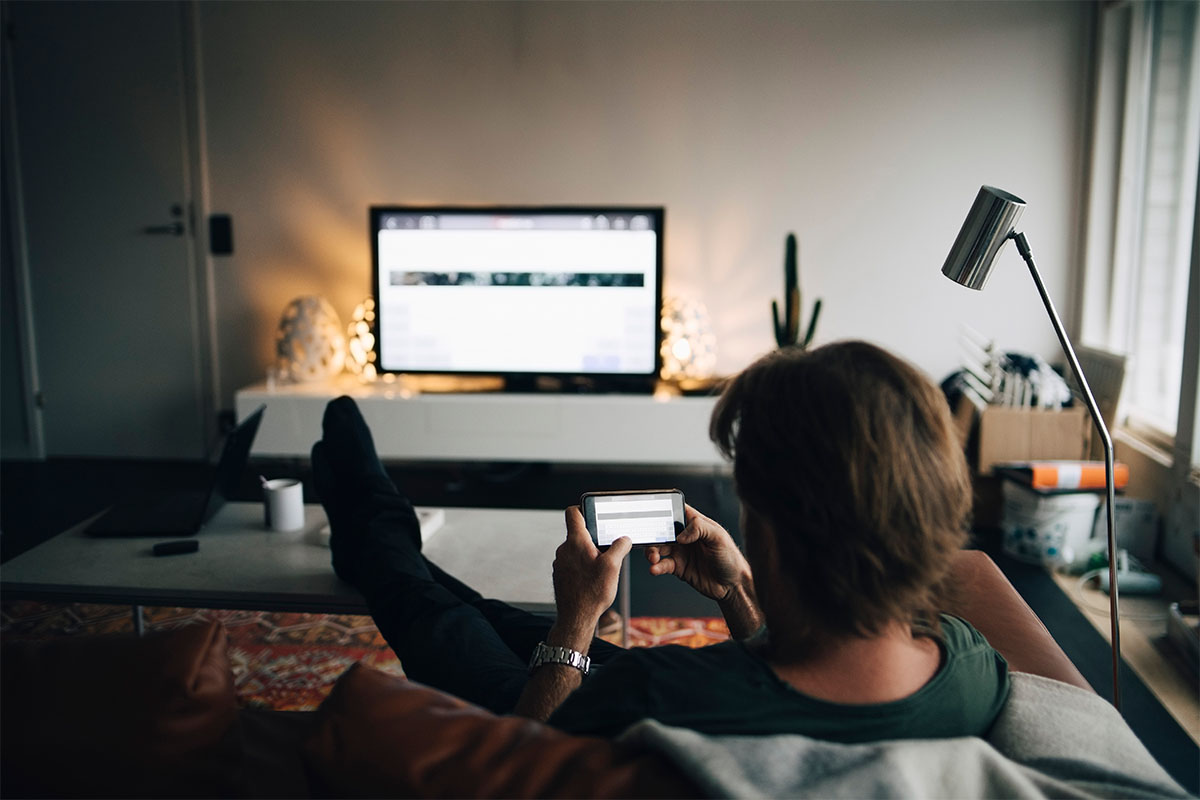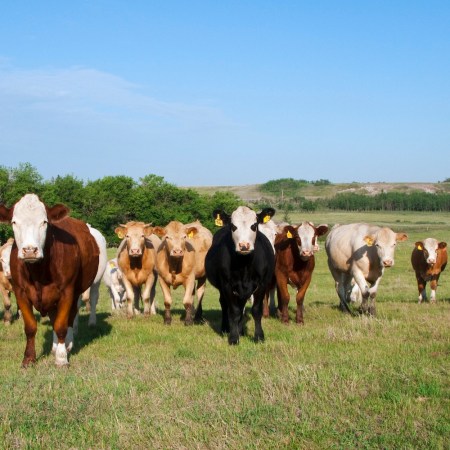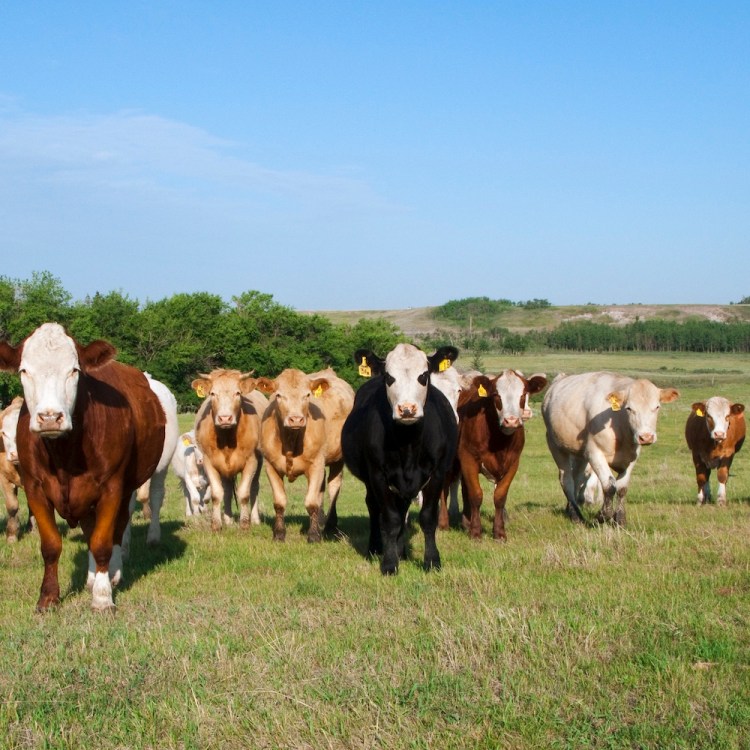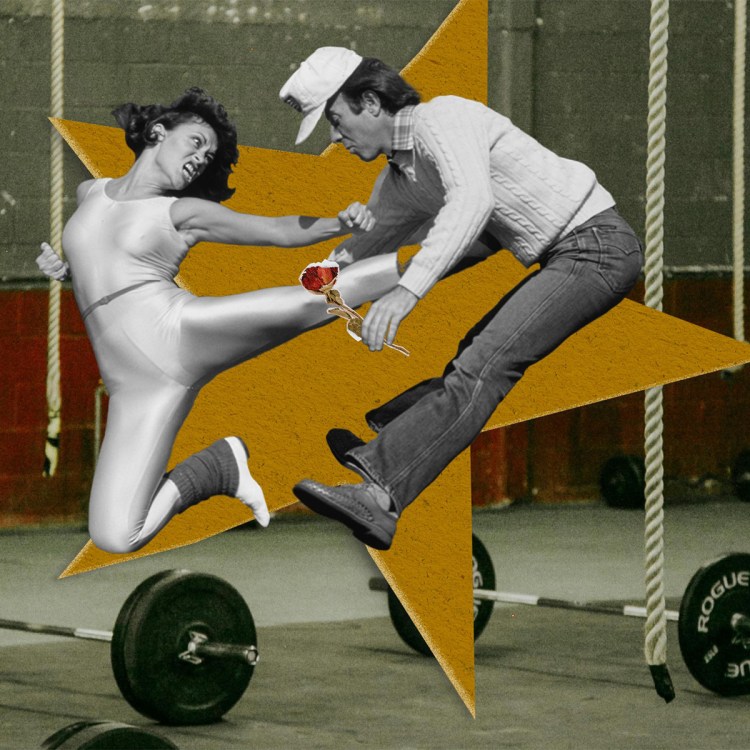A recent report from the Centers for Disease Control and Prevention classified 25.3% of the American adult population as “physically inactive.”
That doesn’t sound great. But what does it mean, exactly? That figure is the result of a multi-year survey conducted by the Behavioral Risk Factor Surveillance System (BRFSS), which called Americans up to ask them a simple question: “During the past month, other than your regular job, did you participate in any physical activities or exercises such as running, calisthenics, golf, gardening, or walking for exercise?” Those that answered “no” were classified as inactive.
Across the board, the survey had some fascinating results:
- Colorado, Utah, Washington and Vermont could all be considered the “fittest” states, based on this project. All reported physical inactivity prevalence below 20%. Considering they’re all havens for hikers, skiers and climbers, this makes sense.
- The South is easily the least active region of the country. West Virginia, Oklahoma, Louisiana, Alabama, Kentucky, Arkansas and Mississippi all had a physical inactivity prevalence above 30%.
- Historically marginalized Americans were less likely to report physical activity. Non-Hispanic Black (30%) and Hispanic adults (32%) both reported the highest level of physical inactivity.
Surveys that rely on self-reporting sometimes struggle to paint an accurate picture; consider that American obesity prevalence stands at 42.4%, well above the mark for inactivity prevalence. Obesity (like BMI) is an imperfect metric, but it’s fair to say that inactivity prevalence is likely a little higher from state to state than expressed here.
That said, the amount of activity necessary to answer “yes” to that BRFSS question is pretty light. There’s a widespread misconception that starting an exercise routine means putting in as much time and effort as Marvel movie stars or Instagram influencers. But recent longevity research has confirmed over and over again that you can radically change your biomarkers by putting in the bare minimum.
A walk a day — some 10 to 20 minutes spent outside — will work wonders for your health. As renowned evolutionary biologist Dr. Daniel Lieberman says, per The Washington Post: “The most important message is that something is better than nothing. Just move more.” You don’t need a Peloton or a personal trainer if you don’t want one. You just need some sort of activity that occurs away from a desk chair or couch. Because while the desk chair helps you make money, and the couch helps you relax, neither are a friend to your heart, brain or back.
A recent paper published by Dr. Lieberman and his fellow evolutionary researchers puts the damaging modern lifestyle into perspective. Titled “The active grandparent hypothesis,” it pushes back against the widely held myth that our ancestors lived shorter, unhealthier lives. Life expectancy, in fact, was hijacked by “high infant mortality rates and childhood infections.”
Adults of the time were actually less likely to suffer from chronic conditions that we now accept as inevitable (and spend the last 30 years of our lives fighting/pouring money into). Using the modern Hadza people, a Tanzanian hunter-gatherer tribe, as a proxy for ancestral living, the authors concluded that old age “evolved in humans along with a highly active lifestyle.” In other words, the human race only started living as long as it did because it moved around, constantly.
Early humans hunted animals for food and warmth, foraged berries and honey for sustenance, migrated to and fro in deference to water access and seasonal change. Those who lived through and after the Neolithic Revolution weren’t exactly sitting in armchairs all day, either. There is evolutionary debate over whether a transition to agriculture ruined the health of the human race, but according to Lieberman’s paper, all that digging and tilling still qualified as consistent movement, and kept humans fit.
It’s once we stopped moving (especially in the last 50 years), and started behaving more like chimpanzees, that chronic conditions reached the mainstream. We’ve come to accept that exercise burns calories and catalyzes an important “repair and maintenance” process in the body, but we can’t forget that the absence of exercise isn’t neutral — it’s an actively damaging state, which breaks down the body in small yet permanent ways.
If you’re someone who’d answer “no” to that BRFSS question and feel overwhelmed by all this chat of chimpanzees and farmers, it’s best to start small. Get a daily walk in. You have the time. You know you do. From there, identify palatable activities. If it gets your body moving, and doesn’t feel like a chore, that’s all you can really ask for. From there, as your body starts to reward you, and you develop a taste for your natural setting again, start thinking about taking it to the next level.
Lots of people bemoan the idea of a long life — but that’s because they’re recalling the last 10, 20 or 30 years a loved one might’ve suffered from chronic conditions. If you start now, you can live more years, and crucially, live more healthy years.
The Charge will help you move better, think clearer and stay in the game longer. Subscribe to our wellness newsletter today.


















